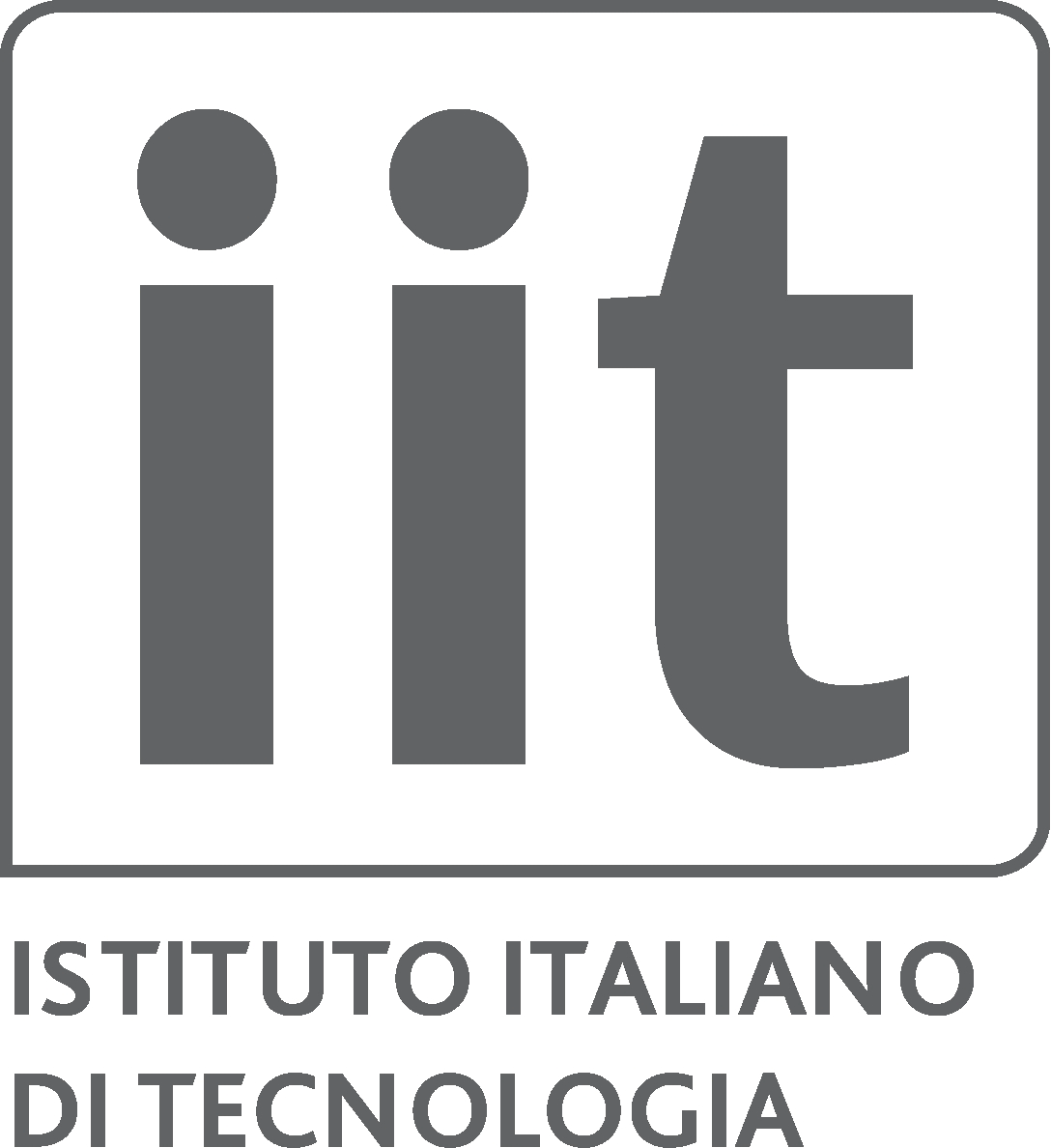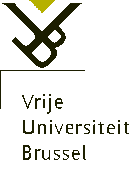Objectives
This project aims at developing and exploiting actuation technologies for a new generation of robots that can co-exist and co-operate with people and get much closer to the human manipulation and locomotion performance than today\x92s robots do. At the same time these robots are expected to be safe, in the sense that interacting with them should not constitute a higher injury risk to humans than the interaction with another cautious human. This requires that robots with similar size and mass as the humans also have comparable power, strength, velocity and interaction compliance.
This ambitious goal can, however, not be achieved with the existing robot technology, in which the robots are designed primarily as rigid position or torque sources and most interaction skills are imposed by virtue of control software. Also, conventional robots in which interaction is controlled by software only, could not avoid an impact to damage the robot and possibly the human neighbour, as the controller will react with some delay. This project will develop both a solid theoretical understanding and the enabling technologies for the design of a new generation of robot actuator systems, capable of embodying the physical principles which shape the robot behaviour.
The focus of the work will be on achieving different abilities, in particular:
- Efficiency (e.g. natural gait generation and adaptation in legged locomotion applications);
- Robustness to external perturbations and unpredictable model errors (changes) of the environment, of the robot kinematics and dynamics, or of the dynamics of a human interacting with;
- Adaptability and force accuracy in the interaction with the operator, in applications in which continuous contact and accurate force exchange is necessary, such as in \x93hands-on\x94 assistive devices, rehabilitation, exoskeletons and haptics;
- Safety to humans (and resilience to self-damage) in operations where the robot is required positional accuracy and swiftness of motion, while cooperating, physically interacting or even possibly colliding with the humans and their environment, such as e.g. in collaborative robotics.
To tackle this goal, this project uses the concept of Variable Impedance Actuation. The key innovation of the project is the development, exploitation and integration of Variable Impedance Actuator Systems both in manipulation, locomotion and rehabilitation.
For developing these new kinds of actuator systems, it is critical to understand in depth the mechanisms by which the efficiency, motion performance, and safety are obtained in biological systems and in particular by humans.
Taking the state of the art in artificial muscles into account, our major goal is not bio-mimesis per se, but rather to develop actuation systems with similar functional properties as the neuro-mechanical system in humans. In other terms, a part of the necessary intelligence has to be embedded (embodied) in the systems themselves, which should be able to passively (or almost passively) be safe, efficient, compliant, etc.
This idea will be approached on three levels within the project:
- The first objective is to work out the physical and biological principles which will constitute the bases of the mentioned shift of paradigm in embodiment, design and control.
- The gained knowledge will be then used to design new robot actuators following these principles. The approach should result in a very innovative kind of robots, in which much of the motion intelligence is embodied in the morphology of the structure. This will also result in conceptual new paradigms for control to tune compliance, enforce safety and strongly improve energy efficiency.
- The fundamentals elaborated as described above, will be applied and evaluated to three
distinct application aspects, namely robotic manipulation, bipedal locomotion, and rehabilitation robots.
Several partner labs already have first prototypes of variable impedance actuated systems available or under development within predecessor projects which will be used as early evaluation platforms for the
mentioned application areas. Of particular relevance here is the FP6 PHRIENDS project (www.phriends.eu), which is widely recognized as a worldwide pioneer of the variable stiffness actuation approach to safe and dependable robotics, and whose legacy of highly innovative results will be inherited and capitalized upon by VIACTORS.






